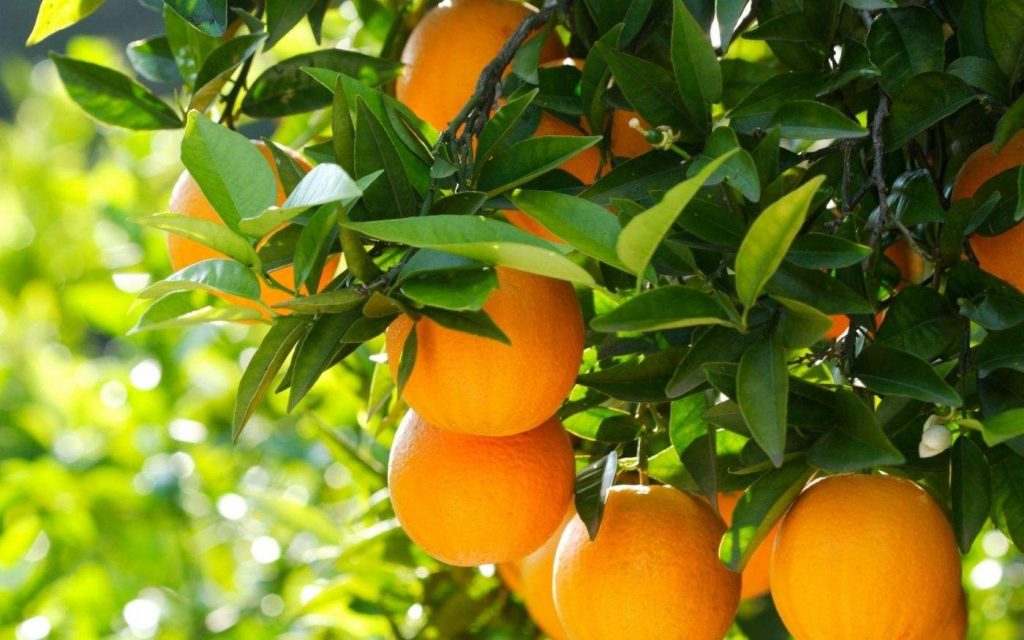
Gannan navel orange Gannan is the geographical abbreviation of the southern region of Jiangxi Province (Jiangxi Province is referred to as “Gan”). District, Ganxian District, Longnan County, Quannan County, Dingnan County, Quannan County, Anyuan County, Ningdu County, Yudu County, Xingguo County, Huichang County, Shicheng County, Xunwu County, Ruijin City, Longnan All cities belong to the southern Jiangxi region. In 2019, the city’s registered population was 9,830,700, and the permanent resident population was 8,708,000, accounting for about one-fifth of the population of Jiangxi Province.
Southern Jiangxi belongs to the southern edge of the central subtropical zone, with mild climate, abundant heat, abundant rainfall, long frost-free period, annual average temperature of 18.9°C, annual average frost-free period of 287 days, annual average rainfall of 1605mm, annual sunshine hours of 1813 hours, and a large temperature difference between day and night. , very suitable for the growth of broad-skinned citrus and oranges. The mountainous soil rich in various trace elements has created the quality of public ownership in southern Gansu, which is a unique natural resource advantage for the development of fruit industry in southern Gansu. There is no industrial pollution in southern Gansu, and the ecological environment is excellent. In the cultivation practice, an ecological model of “pig-marsh-fruit” has been explored, which is a natural area for the production of pollution-free fruits.
The mountainous area of Ganzhou is dominated by Quaternary red soil, with a small amount of purple soil and mountain yellow soil. It has good soil conditions. The red loam soil has the characteristics of deep soil layer, acidic soil and low organic matter content, which is suitable for the growth of navel oranges. A large number of shallow hills and slopes provide conditions for the development of a large-scale fresh navel orange base in Ganzhou.
Secondly, the topography of Ganzhou area is phyllite weathered non-quality red loam soil, the soil layer is more than 1 meter deep, loose and breathable, and the soil contains a variety of trace rare earth elements (rare earth is responsible for the formation of Gannan navel orange fruit pigment, increasing sugar, The content of vitamin C and aroma, improving crispness and storage resistance, etc., play a role that other mineral nutrients cannot replace.
With rich mineral resources, scientific and technological strength and strong industrial clusters, Ganzhou was officially named the “Kingdom of Rare Earths” after being reviewed and approved by the China Rare Earth Industry Association and approved by the Ministry of Industry and Information Technology of the People’s Republic of China.
Ganzhou is a national historical and cultural city with a history of more than 2,200 years. It has always been an important political, economic, military, cultural and transportation center in the south of the Yangtze River. Wen Tianxiang, Zhou Dunyi, Hai Rui, Wang Yangming, Xin Qiji, Jiang Jingguo and Mao Zedong, the first-generation core leader of the Communist Party, all ruled in Ganzhou. Xin Qiji’s “Bodhisattva Man: Book Jiangxi Ostomy Wall”, Zhou Dunyi’s “Love Lotus”, Mao Zedong’s “Bodhisattva Man: Dabaidi” and Marshal Chen Yi’s “Three Chapters of Meiling” were all created in Ganzhou.

No reply content